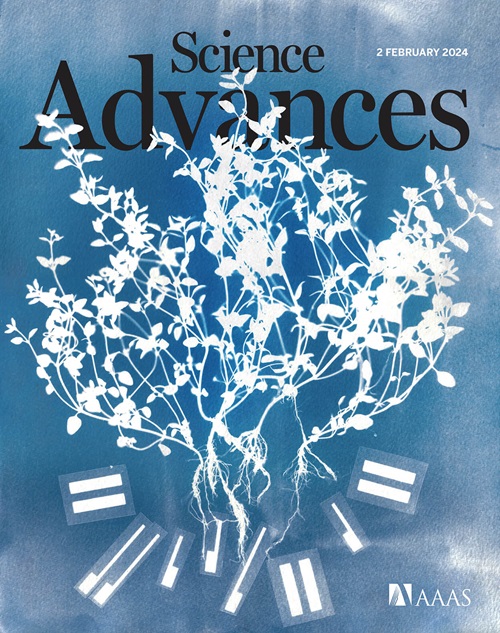Making continental crust on water-bearing terrestrial planets
IF 11.7
1区 综合性期刊
Q1 MULTIDISCIPLINARY SCIENCES
引用次数: 0
Abstract
The debate about early Earth differentiation focuses on the processes responsible for the formation of protocrust(s) and continental crust of felsic (SiO2 ≥ 55 weight %) composition. One aspect of this debate is how Hadean zircons fit into an ultramafic environment. On the basis of experiments, thermodynamic modeling, and elemental partitioning, we show that felsic melts could have been generated by shallow interaction between primordial serpentinized peridotite and basaltic magmas on Earth and Mars. On the basis of the hafnium isotopic evolution of Hadean detrital zircons worldwide, we infer that these interactions allowed for the formation of extensive Hadean felsic crust (4.4 to 4.5 billion years ago), which, in turn, would account for up to 50% of the present continental crustal mass. A similar process may have occurred on Mars. The serpentinized protocrust had a dual role in the primitive planetary environment: to provide ingredients for the continental crust and to enable life to emerge on water-bearing terrestrial planets.

求助全文
约1分钟内获得全文
求助全文
来源期刊

Science Advances
综合性期刊-综合性期刊
CiteScore
21.40
自引率
1.50%
发文量
1937
审稿时长
29 weeks
期刊介绍:
Science Advances, an open-access journal by AAAS, publishes impactful research in diverse scientific areas. It aims for fair, fast, and expert peer review, providing freely accessible research to readers. Led by distinguished scientists, the journal supports AAAS's mission by extending Science magazine's capacity to identify and promote significant advances. Evolving digital publishing technologies play a crucial role in advancing AAAS's global mission for science communication and benefitting humankind.
 求助内容:
求助内容: 应助结果提醒方式:
应助结果提醒方式:


